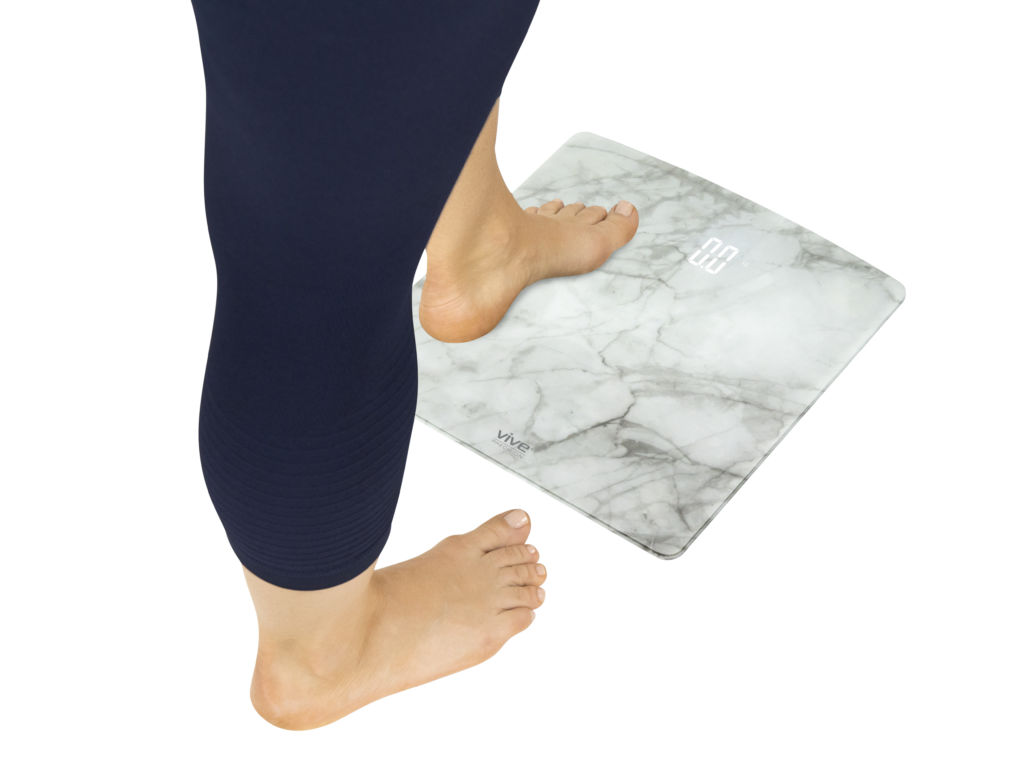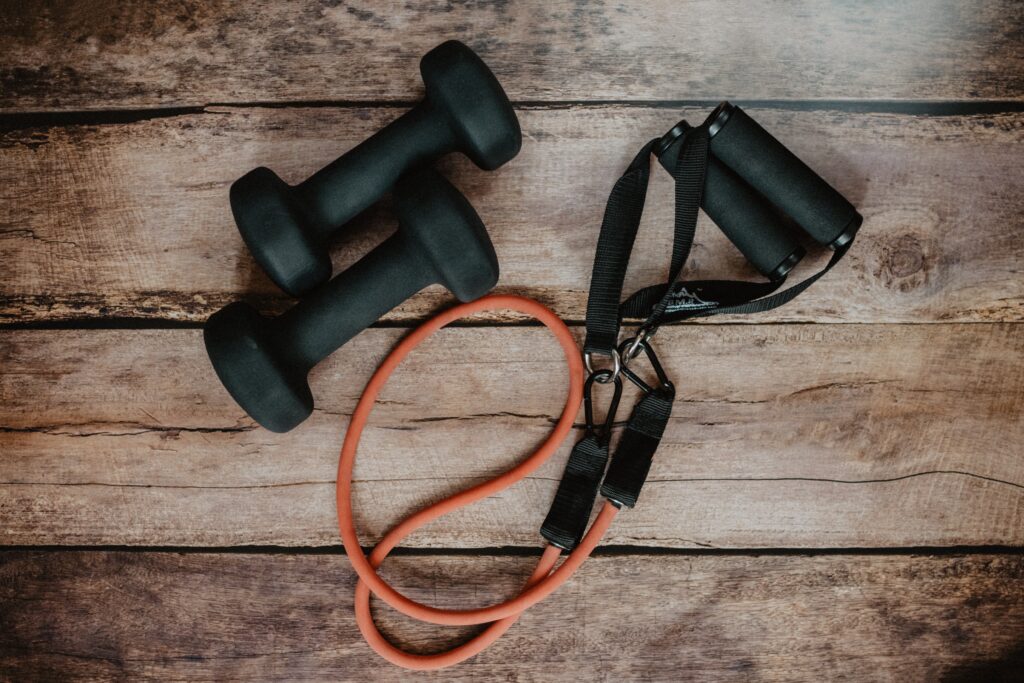Salt is a ubiquitous kitchen staple and an essential ingredient in many recipes. However, for those with health conditions that require a low-salt diet, cooking without salt can be challenging. Fortunately, it’s possible to create delicious and flavorful meals without relying on salt as the primary seasoning. Here are some helpful tips and techniques:

Don’t be afraid to experiment with different flavor profiles. There are many different herbs, spices, and seasonings that can be used to create bold, flavorful dishes without relying on salt. Some great options include smoked paprika, turmeric, coriander, and curry powder.
Try using different cooking methods to enhance the natural flavors of your ingredients. For example, grilling or roasting can bring out the sweetness in vegetables and fruits, while sautéing can help to develop the flavors of onions and garlic.
Use high-quality ingredients whenever possible. Fresh herbs, spices, and produce will have more vibrant flavors than their dried or processed counterparts. Look for organic or locally sourced ingredients to ensure the best possible taste.
Be mindful of hidden sources of salt in your diet. Many processed foods, condiments, and sauces contain high levels of sodium, even if they don’t taste salty. Read nutrition labels carefully and opt for low-sodium versions of these products when possible.
Get creative with your meal planning. There are many delicious low-salt meals that can be made using a variety of ingredients, from salads and stir-fries to soups and stews. Don’t be afraid to try new recipes and mix things up in the kitchen.
Digital health tools can help individuals with diet and nutrition in many ways. One of the most common ways is through tracking and monitoring the intake of salt and other nutrients. For example, a mobile application that tracks daily food intake can help individuals keep track of how much salt they are consuming and provide recommendations on how to reduce it. Remote patient monitoring can also be used to track the blood pressure and heart rate of individuals with health conditions that require a low-salt diet. This information can be used to make personalized recommendations on how to adjust their diet and lifestyle to maintain optimal health.
Digital health tools offer several other benefits when it comes to managing diet and nutrition. For instance, they can help individuals plan meals that are balanced and nutritious, while also catering to their specific dietary needs. This can be especially helpful for those who are following a low-salt diet, as it can be challenging to come up with meal ideas that are both tasty and healthy. Many digital health tools offer a wide range of recipes and meal-planning resources that are designed to help individuals with dietary restrictions.
In addition to tracking and monitoring, digital health tools can also provide education and support on managing diet and nutrition. Many applications and websites offer educational resources on nutrition and healthy eating, which can help individuals make informed choices about their diet. Additionally, digital health tools can connect individuals with healthcare professionals and nutritionists who can provide personalized advice and guidance on managing their diet and lifestyle.
Overall, digital health tools offer a convenient and effective way to manage diet and nutrition, particularly for individuals with health conditions that require a low-salt diet. By tracking and monitoring their intake, planning nutritious meals, and accessing educational resources and support, individuals can improve their overall health and well-being. If you are looking to reduce your salt intake, manage a chronic condition, or simply maintain a healthy diet, consider incorporating digital health tools into your daily routine.
If you are interested in using digital health tools, such as Remote Patient Monitoring, reach out to a member of the Vive RPM team here: https://www.viverpm.com/contact-us/.








